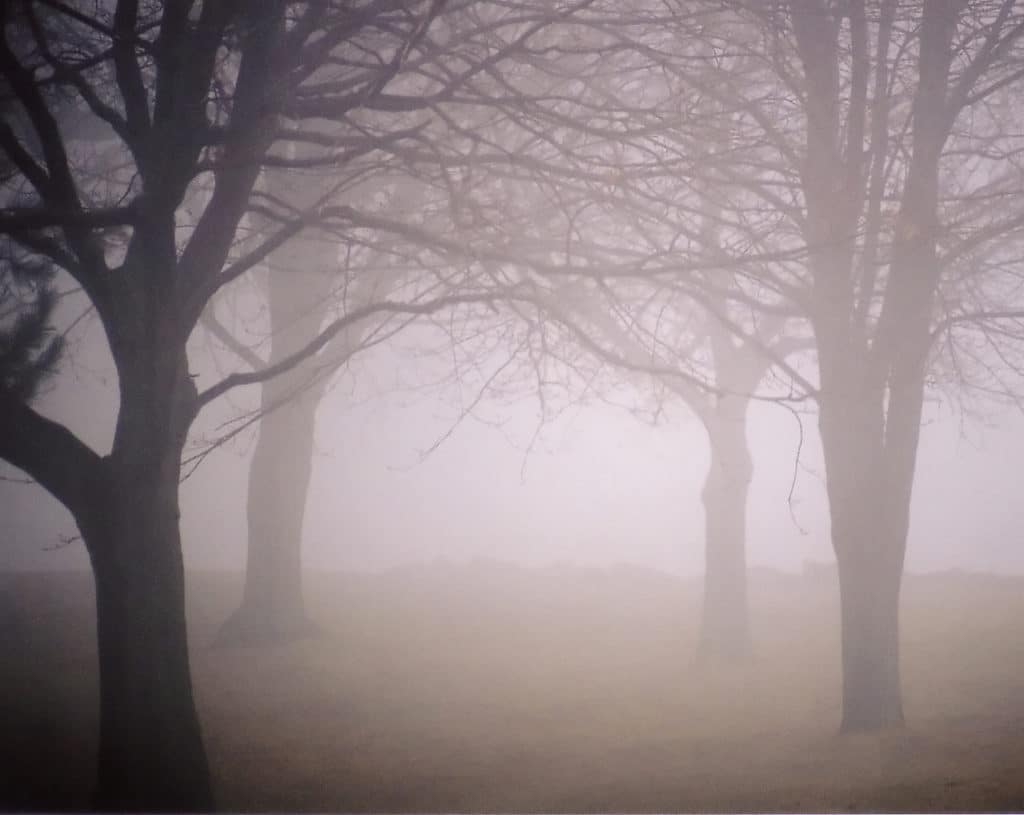
Sidling in on its belly, seeking refuge in the cool, low lands, the fog quickly bled into the surrounding areas, blotting out the light and swallowing everything in its path. Soon the landscape was enrobed in a dreary gray murkiness, seemingly devoid of life or color.
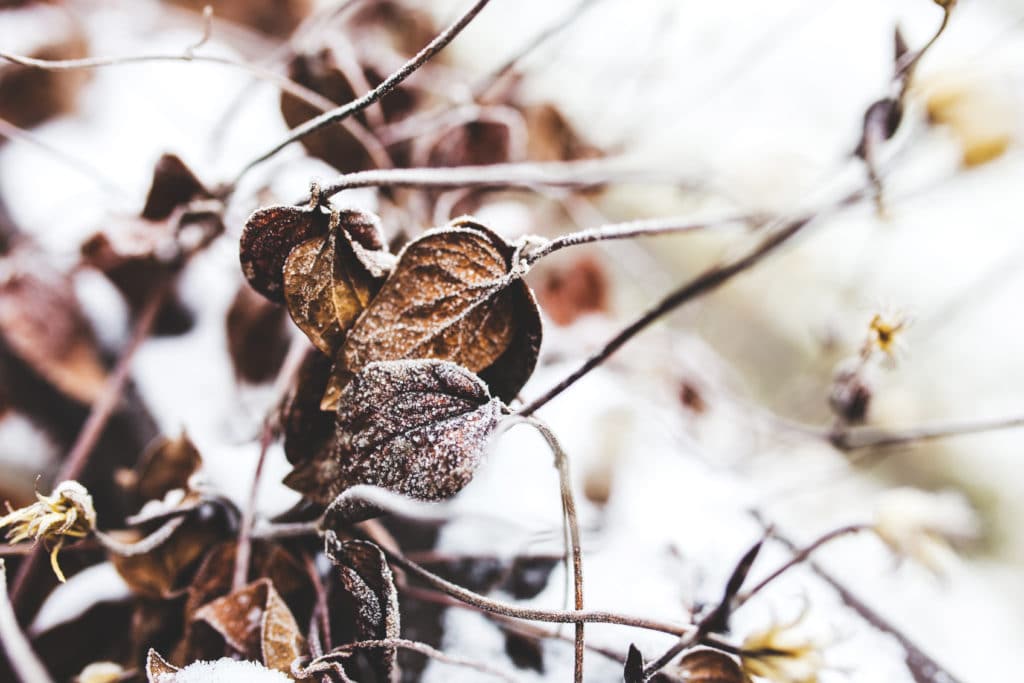
Late Fall, early Winter can have a similar feel in our yards and gardens once the leaves have fallen and killing frosts arrive, but there is beauty and certainly life, and you can insure both once Winter arrives.

As we begin to put our landscapes to bed – tidying, raking, mulching, and pruning, you might consider letting your perennials stand. To many, this seems counterintuitive, and to the fastidious, this seems outright insane, but Nature says otherwise.
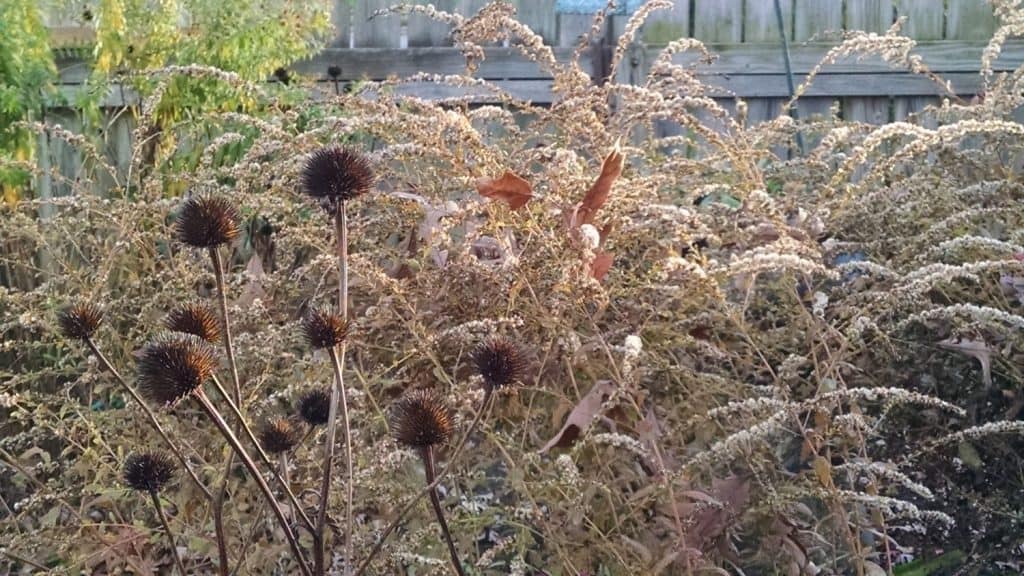
Perennials within the natural world are certainly not cut back, so why should we? The answer lies mostly in aesthetics. Many people think spent perennials look untidy and unwieldly, yet they actually provide Winter interest, and more importantly, they serve as a source of food and shelter for local wildlife.
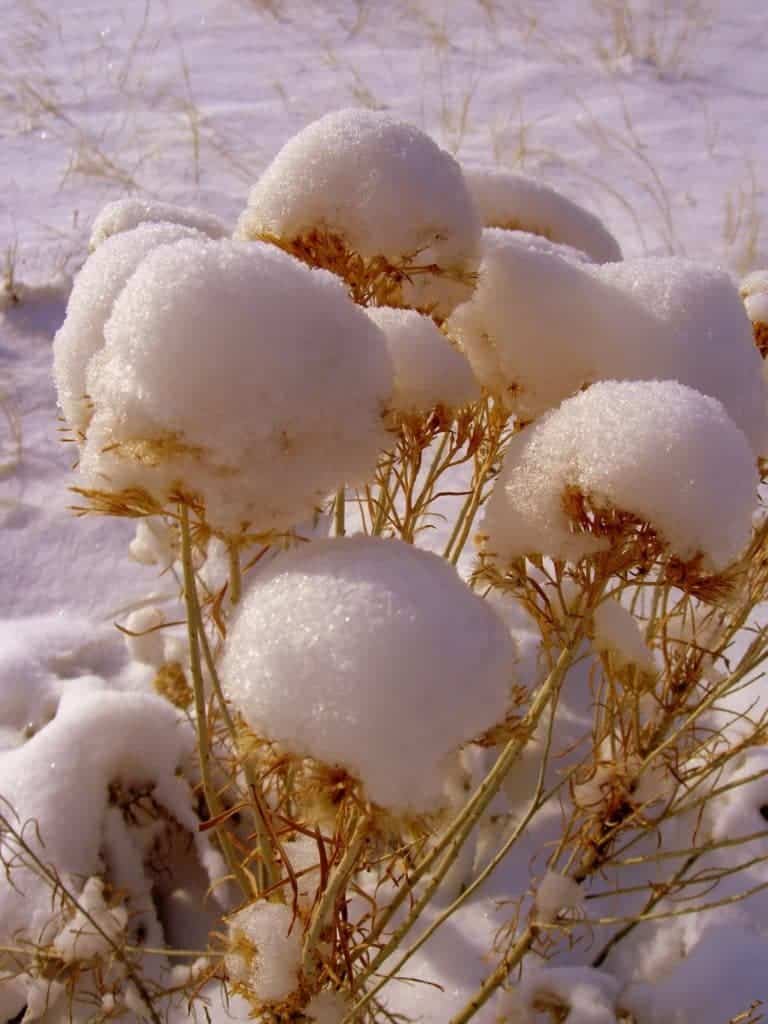
And as the snow falls and covers these perennials, undulating shapes and mounds give the winter landscape further depth and appeal.
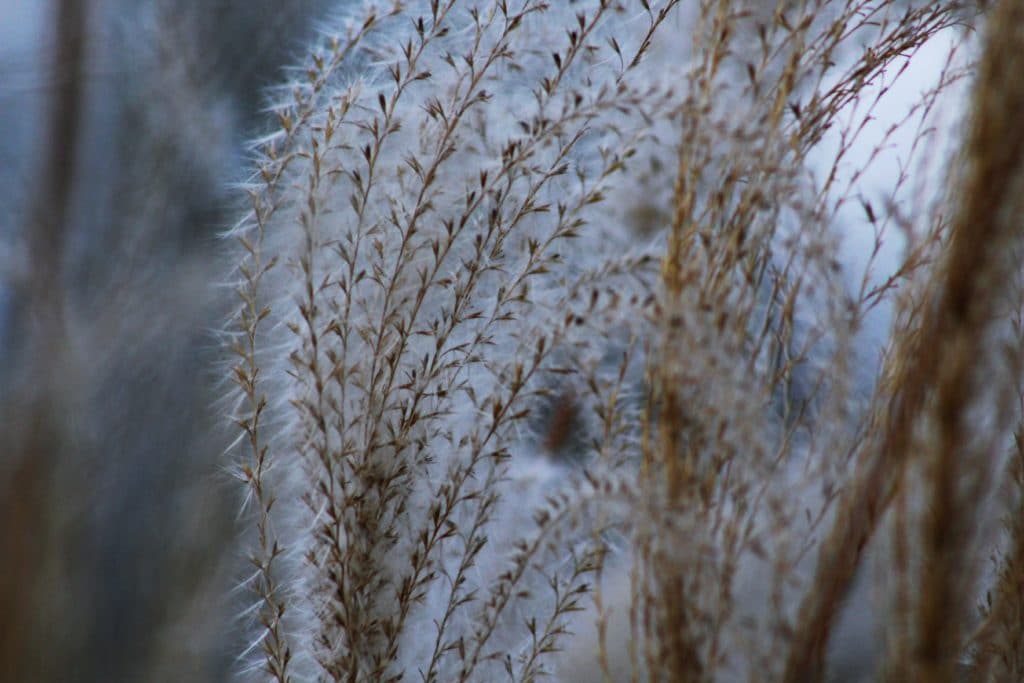
Ornamental grasses are especially appealing as are Coneflowers, Sedum, Goldenrod, Sunflowers, Gaillardia, and Black Eyed Susans. Of course, if you have some aggressive self-seeders, you may want to consider cutting them back, or at least, removing their seed heads.
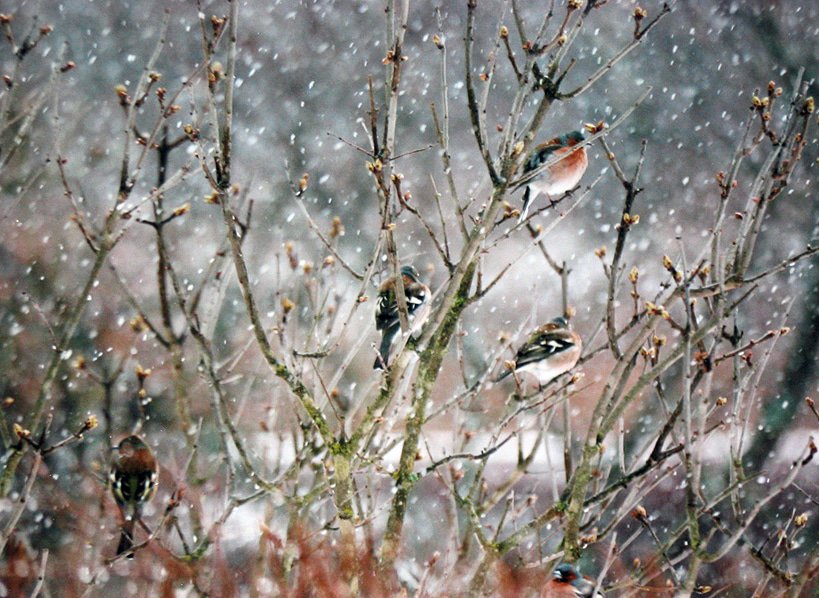
Fight your instincts and quell the urge to cut back your perennials. In doing so, you’ll be offering food and shelter for birds, squirrels, and other critters while creating interest in a somewhat lackluster gray and white season. As always, reach out to Sweeney’s with any questions or concerns you may have. We’re always here to help guide you. Remember to schedule your Fall Clean Ups and/or sign up for Snow Removal Services.
Plant of the Week
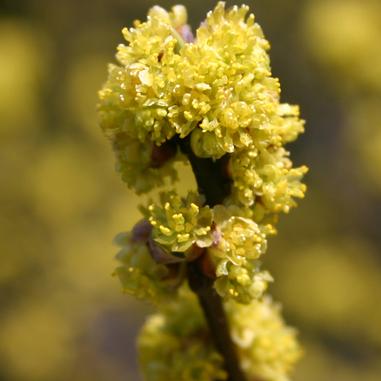
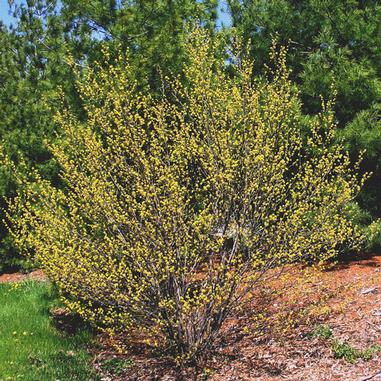
Photos of Spicebush courtesy of Midwest Groundcovers.
Spicebush
Deciduous shrub with rounded habit produces clusters of tiny, fragrant greenish-yellow flowers that bloom along the branches in early Spring, prior to the foliage’s emergence. Thick, oblong, light green leaves turn yellow in Fall. Both bark and foliage emit a spicy scent when crushed. Spicebush Swallowtail Butterfly feed on the foliage. Prefers sun to partial shade and moist, well-drained soil. Grows 8-12′ tall and 8-12′ wide. Attracts butterflies, pollinators and other wildlife.
“Autumn repays the earth the leaves which summer lent it.”
-Georg Christoph Lichtenberg
Best wishes,
Kim Sweeney

My sister wanted to have special plants and flowers in her garden. It was explained here that ornamental grasses are appealing and great self-seeders. Moreover, it’s recommended to hire professionals for a trusted custom landscape design.